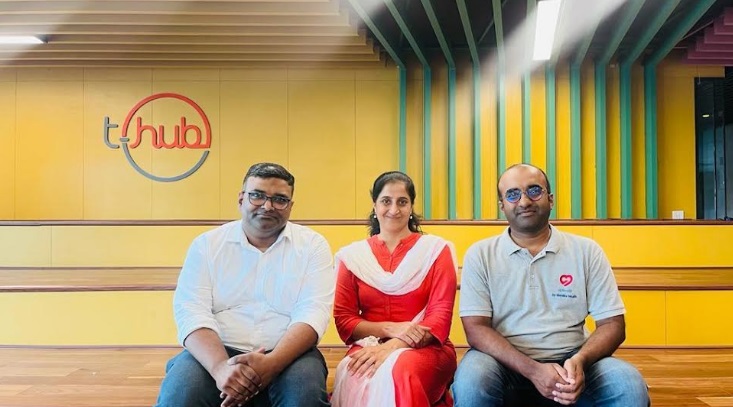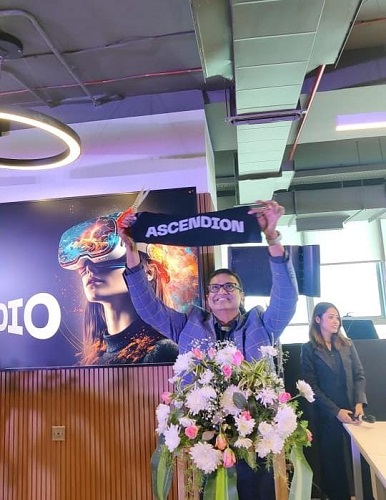It has been successfully accomplished to put Aditya-L1 into Larange Point 1, one of the five places in the Earth-Sun system where their respective gravitational pulls cancel each other out.

ISRO’s Aditya-L1 spacecraft will be entering the final orbit after a 127-days journey.
The Aditya-L1 spacecraft, India’s first solar mission, has successfully entered the final orbit, its desired destination from where it will make observations of the Sun for the next five years.
Aditya-L1 has successfully been inserted into the Larange Point 1, one of the five locations in the Earth-Sun system where the gravitational effects of the two roughly cancel each other out. It is a relatively stable point for a spacecraft to be parked, and make observations of the Sun.
Terming it as yet another landmark achievement, Prime Minister Narendra Modi , in a post on X, said, “India’s first solar observatory Aditya-L1 reaches it destination. It is a testament to the relentless dedication of our scientists in realising among the most complex and intricate space missions. I join the nation in applauding this extraordinary feat. We will continue to pursue new frontiers of science for the benefit of humanity.”
Getting into the orbit around L1 is not the same as attaining an orbit around any other planetary body, and is being considered the most important challenge in this mission. The spacecraft will spend the rest of its mission life “orbiting around L1 in an irregularly-shaped orbit in a plane roughly perpendicular to the line joining the Earth and the Sun,” an ISRO scientist said.
Lagrange Points are relatively stable positions but not entirely free from pulls and pressures. However, these are still preferred locations for space missions intending to observe and study the Sun.
– With direct inputs from Indian Express!
Also Read : US Intelligence Confirms Islamic State’s Afghanistan Branch Behind Iran Blasts








